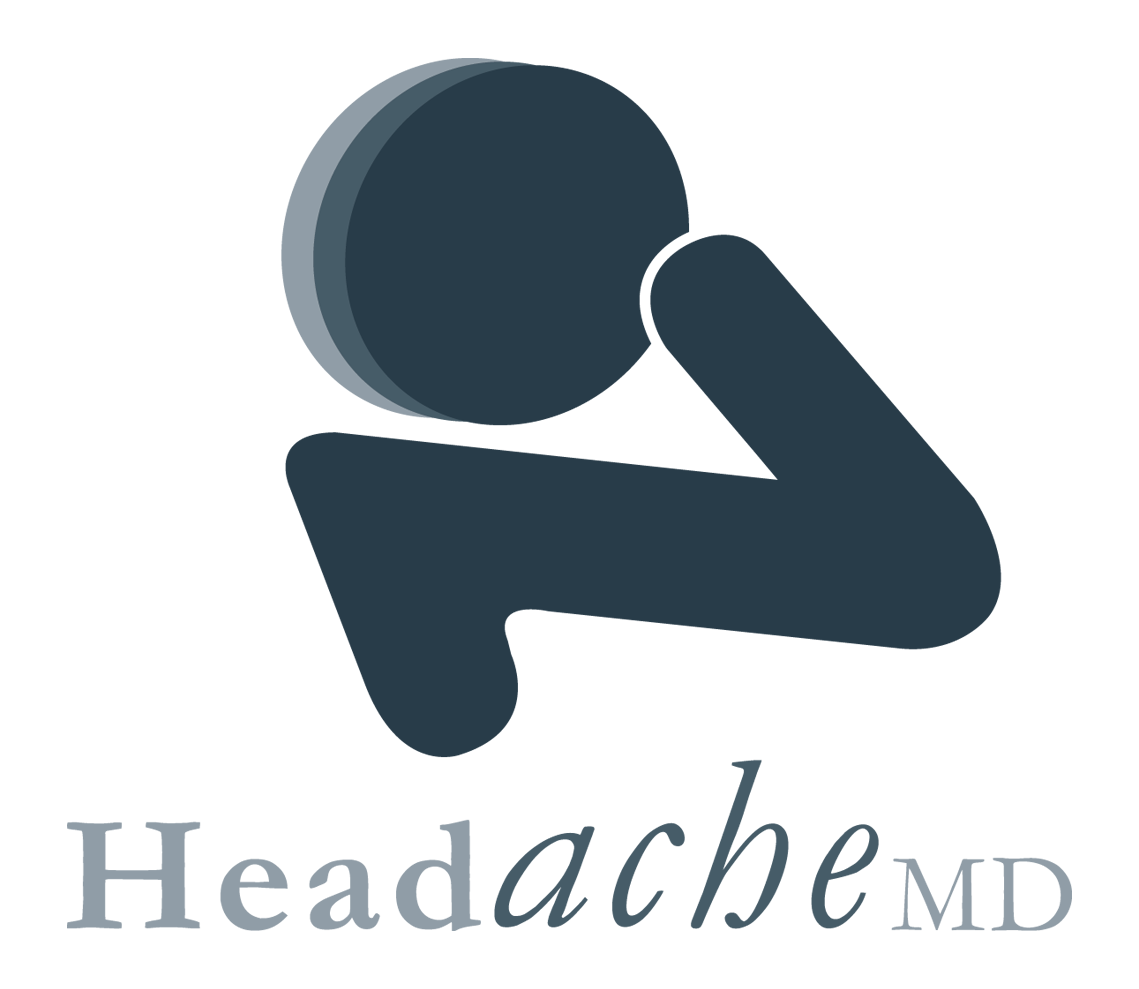Migraines are considered the worst type of headache. Fortunately, these severe headaches can be effectively managed with the right combination of medications, lifestyle changes, and complementary treatments.
Of all these treatment options, the wide range of complementary treatments is gaining traction among migraine patients for good reasons. These options are natural (i.e., non-drug) and, thus, with less side effects and more benefits for persons who respond to the treatments. Think of it this way: You have everything to gain in pain relief and nothing to lose in the process.
Why Consider the Treatments
But not everybody will understandably benefit from migraine-related complementary treatments. Headache experts say that complementary therapies usually work best on persons who are:
- Unable to get significant, if not complete, pain relief from their prescribed medications
- Experiencing difficulty with the medications’ side effects
- Diagnosed with medical conditions that preclude the use of migraine medication
- Reluctant, if not completely against, taking medications of any kind
But it must be emphasized that complementary treatments are more likely to be effective in migraine management than when used alone. Just make sure to discuss your options with your doctor before trying out any of these treatments, not to mention ask for references to reliable practitioners.
What Treatments to Consider
Keep in mind that these complementary treatments will work on certain persons but not on others depending on their age, physical condition, and level of migraines, among others.
Tiny needles are inserted into the meridian points of your body to ease the pain of migraine attacks. Mild electric currents may also be transmitted to the needles to stimulate the body into releasing its natural painkillers.
- Biofeedback
Known as mind over migraine, biofeedback provides the patient with the ability to control his physical state. For example, you will learn relaxation techniques to slow down your heart rate or relax your muscles, thus, lessening the migraine’s severity.
- Massage
While in-depth studies have yet to be done on massage as it applies to pain relief in migraine, early studies are promising. Massage reduces stress, a common trigger for migraine, and lessens the frequency of migraine attacks although it will not aid in abetting the pain during an attack.
- Pressure
Applying gentle pressure on certain parts of the face, head and neck may also provide pain relief. Try pressing on your brow line and under your eyes, rubbing your jaw and temples in a circular motion, and massaging your nape with a tennis ball.
- Chiropractic medicine
Spinal manipulation may also work especially for persons with cervicogenic (i.e., neck in origin) headaches. Discuss it with your doctor as there are risks to the practice for certain cohorts (i.e., with spine health issues) but, in general, it is a safe method for relatively healthy adults.
- Transcranial Magnetic Stimulation
Transcranial magnetic stimulation (TMS) has been found to lessen the intensity and shorten the length of a migraine attack. Your scalp will be subjected to a magnetic device that sends painless magnetic pulses into your brain, a technique that is usually done during the aura phase.
Again, it is important to adopt conventional methods of migraine treatment while also considering or adopting the abovementioned complementary treatments. You may well enjoy more pain-free periods than before!
